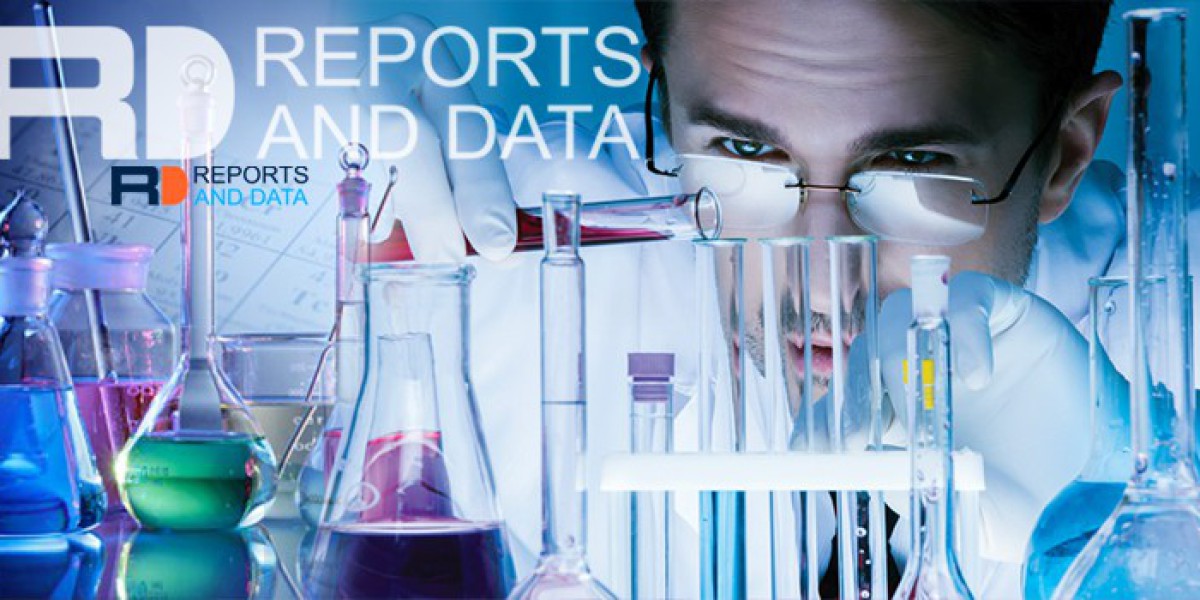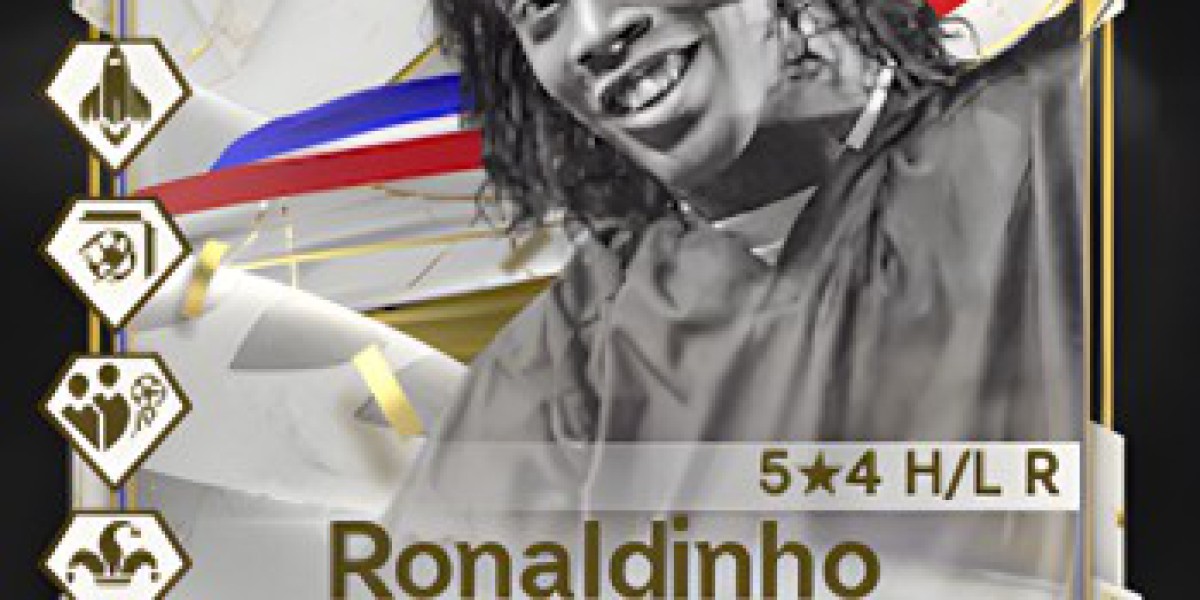In recent years, the realm of wine collection has undergone a remarkable transformation. What was once considered a leisurely pursuit for enthusiasts has increasingly become a savvy investment opportunity for collectors worldwide. This evolution reflects not only changing consumer tastes but also shifts in global markets and the growing recognition of wine as a tangible asset class. Let's explore the burgeoning trend of wine collection as an investment and its implications for both connoisseurs and investors alike.
The Rise of Wine Investment
Historically, wine has held a special allure for collectors drawn to its sensory pleasures and cultural significance. However, in the early 21st century, wine began to attract attention from investors seeking alternative assets to diversify their portfolios. The growing demand for fine and rare wines, coupled with limited supply from renowned producers, has driven prices upwards, creating opportunities for those with a keen eye for investment.
Tangible vs. Intangible Assets
Unlike traditional financial instruments, wine offers investors the unique appeal of owning a tangible asset with inherent value. Fine wines, particularly those from prestigious regions such as Bordeaux, Burgundy, and Napa Valley, possess a built-in scarcity that can drive prices skyward over time. Additionally, wine's status as a consumable luxury product ensures ongoing demand from both collectors and consumers, further bolstering its investment potential.
Factors Driving Value
Several factors contribute to the value of a wine as an investment. These include provenance (the wine's origin and storage history), vintage quality, critical acclaim, rarity, and market trends. Wines from renowned producers with a track record of consistent quality and aging potential often command premium prices, while limited-edition releases or highly sought-after vintages can appreciate rapidly in value.
Navigating the Market
Investing in wine requires careful research, due diligence, and a long-term perspective. While the potential for profit exists, the wine market can be volatile and subject to fluctuations influenced by factors such as economic conditions, geopolitical events, and changing consumer preferences. As such, investors should approach wine investment with caution, diversifying their holdings and seeking guidance from reputable wine investment professionals.
Storage and Authentication
Proper storage and authentication are critical considerations for wine investors. Maintaining optimal cellar conditions (temperature, humidity, light exposure) is essential for preserving the quality and value of investment-grade wines. Additionally, ensuring the authenticity of wines through rigorous provenance checks and authentication processes mitigates the risk of counterfeit or fraudulent bottles entering the market.
The Future of Wine Investment
As the global economy continues to evolve, so too will the landscape of wine investment. Emerging markets, technological advancements, and shifting consumer behaviors will shape the opportunities and challenges faced by investors in the years to come. While the allure of wine as an investment is undeniable, prudent investors should approach it with a balanced perspective, recognizing both its potential rewards and inherent risks.
Conclusion
In conclusion, wine collection has transcended its traditional role as a hobby to emerge as a viable asset class for investors seeking diversification and potential returns. With its blend of aesthetic appeal, cultural significance, and investment potential, wine occupies a unique position in the world of alternative investments. Whether you're a seasoned collector or a novice investor, the world of wine offers a rich tapestry of opportunities to explore and enjoy. Cheers to the journey ahead!



